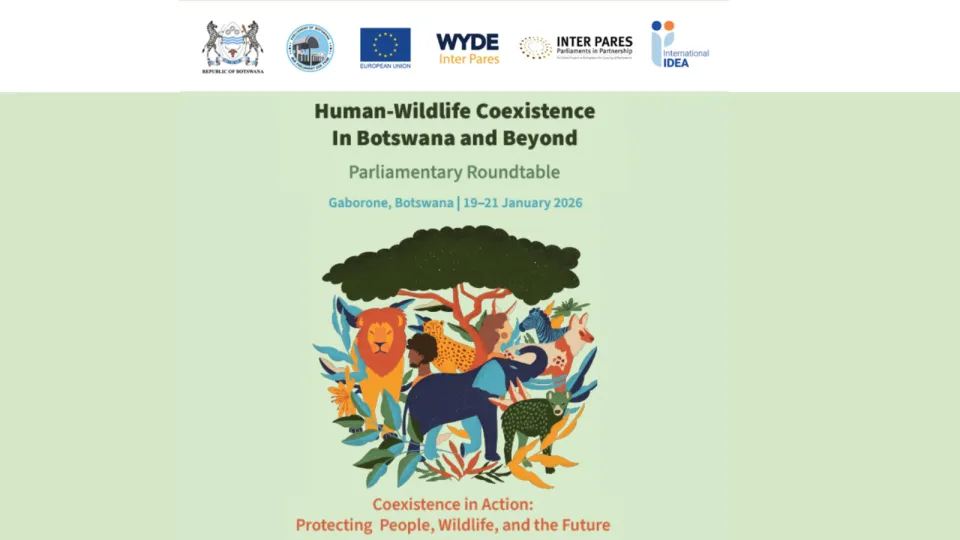The role of technology in identifying and avoiding electoral risks

Disclaimer: Views expressed in this commentary are those of the staff member. This commentary is independent of specific national or political interests. Views expressed do not necessarily represent the institutional position of International IDEA, its Board of Advisers or its Council of Member States.
The use of information and communication technologies (ICTs) in elections is receiving increased attention. On the one hand, information technologies are perceived as solutions for many electoral hurdles, such as the creation of an accurate voter register, simplified voting and result tallying, faster transmission of election results, etc. On the other hand, the practice has proven that the introduction of ICTs comes with some risks, such as malfunctioning of equipment, the contested integrity of machines, or exposure to hacking.
There is, however, another aspect of the application of digital technologies in elections which, although important for successful elections, does not attract as much spotlight. Namely, the power of ICTs to store, compute, and visualise vast amounts of data is becoming increasingly critical in providing electoral management bodies with the situational awareness needed for effective management of electoral risks.
Regardless of where elections take place, election management bodies (EMBs) face numerous risks in organising them. These relate to political, legal, technical, operational, and security challenges associated with providing level playing fields for political actors, respecting strict timelines, introduction of ICTs, ensuring safety of participants and credibility of results, amongst other things. When risks materialise, the consequences may be serious and neither well-established nor transitional democracies are immune to it. There are many instances in which electoral events have triggered deep political crises, tensions, and violence.
Prevention and mitigation of electoral risks are challenging tasks and electoral management bodies are increasingly embracing and institutionalising risk management practices (see Risk Management in Elections, Policy Paper No.14). One important aspect of this is the building of internal capacity to systematically measure and analyse multiple risks throughout the entire electoral cycle. However, because of the complex nature of electoral processes – multiplicity of actors, number and scope of events undertaken, etc. – this is easier said than done. The amount of information that electoral management bodies generate and receive from their regional and field staff, other government agencies, political subjects, civil society organisations citizens is often hard to comprehend.
Risk management systems that utilise digital technologies are able to ensure that different pieces of data are collected within an institution in order to create a holistic picture. This is instrumental in detecting risks that materialise at early stage, so that action can be taken to prevent and mitigate negative impacts. For example, International IDEA’s Electoral Risk Management Tool (ERMTool) is a desktop software application that combines several digital technologies (databases and geographical information system (GIS)) to enable users to systematically identify risk factors, upload data in different digital formats, generate geographical risk maps and charts, and establish and maintain a risk and action register. Most importantly, analytical outputs – shared in the form of risk alerts that combine several layers of data while remaining easy to understand – can be developed quickly and shared with key risk owners for their attention and action.
International IDEA’s Electoral Risk Management Tool is currently the only digital electoral risk management instrument that is offered as a global public good – and is utilised in over 20 countries worldwide.




